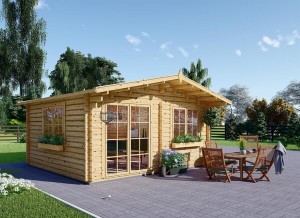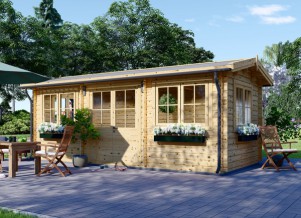Leeks belong to the same family as garlic and onions, though they boast of milder flavors than the two. When grown under the right conditions, leeks have tender light green and white parts which are all edible, and you can enjoy these vegetables in various ways, including roasting and caramelizing. Before using the leeks in any meal prep, it is crucial that you adequately clean the inner layers which are known to trap dirt particles. Let’s get into garden leeks: how to grow and where to use them:
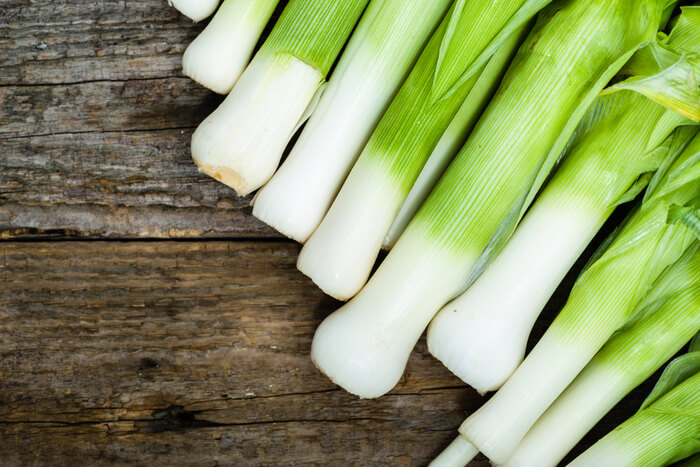
Sautéing
Sautéing leeks is one of the easiest ways to bring out their unique flavors. You start by chopping the leeks into thin slices before adding them to a combination of olive oil and butter over medium heat. The leeks should remain in the hot oil for about twenty minutes, giving them enough time to soften. You can then take them out of the pan before they brown and add some seasoning to enhance their already pleasant flavor. You can enjoy the leeks as they are or add them as toppings to other foods such as salmon and potatoes.
Other ways in which you can enjoy these vegetables include roasting them, caramelizing them, using them in a soup or risotto or salad, or using them as a garnish in their raw state. For you to get the most out of these delicious vegetables, it is essential that you provide them with the right conditions. Here is how you can successfully grow these vegetables in your garden, no matter your level of expertise in gardening:
Cultivation
These vegetables do well in varying climates, and you can thus plant them in almost any region. However, for people living in areas where rainfall is scarce, you may have to put in a little extra effort to get them to maturity. You can also consider growing them indoors where you can regulate the conditions to match those to which they are best suited.
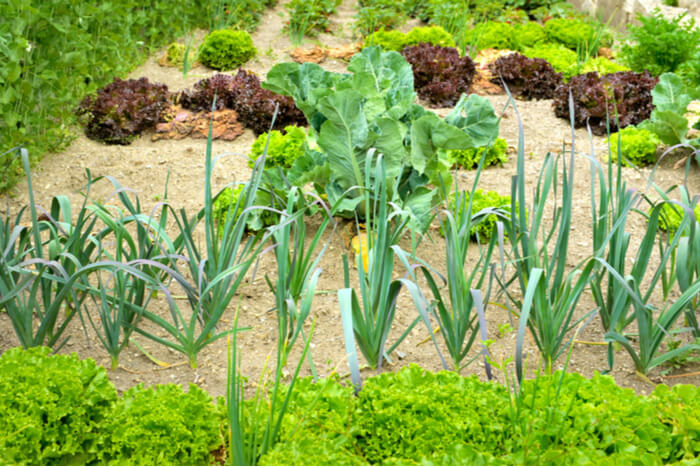
Planting Schedule
You should aim to sow your seeds in spring or autumn, depending on the weather in your region. Suppose you live in an area within growing zone 7 or warmer; you can have your seeds in the ground in autumn as this will enable you to harvest your crops in spring. You can then follow up with another planting schedule that starts from spring. If you plant your seeds towards the end of the year, you should expect them to grow in the spring.
For people living in areas where the winters tend to be harsh, sowing should take place towards the start of spring. For best results, wait until the ground is workable and start sowing your seeds. It is also essential to consider the variety you are planting as they all call for different planting schedules. You can engage an expert to help you make the right decision based on your region.
People planning to have their vegetables indoors all through the year can plant at any time as they have control over the conditions.
Site Selection
These vegetables do well in warm and sunny locations where they get at least six hours of sunlight each day. The seeds should start indoors or in a protected area outdoors where they are safe from the harsh conditions outside. Start by filling seed trays with a seed starting mix at around six weeks to when the last frost will pass. Some people use potting soil, and it is essential to note that this is not advisable.
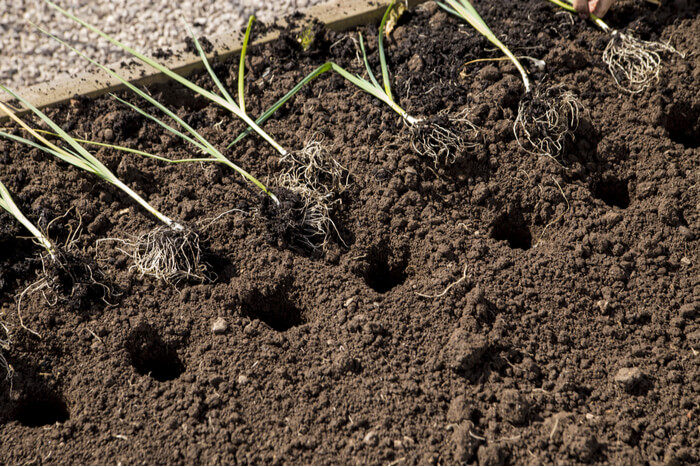
Ensure that the temperatures remain at about eighty degrees Fahrenheit or thereabout, and you can achieve this by positioning the seed trays near a south-facing window. You can also increase the heat in the room by using a warming plate or other means which can boost the germination of the seeds. For people starting their seeds in the autumn, you can opt to have them outdoors in a place where they can get adequate sunlight. In such a case, you can place them in the ground directly, ensuring that they are at least half an inch deep into the soil with at least five inches between each seed.
It is essential that the starting mixture remains moist throughout the germination phase as the seeds will rely on this water to grow. However, where you use too much water, you may hamper their growth by encouraging cracking which will reduce the germination chances of success. The seedlings will be ready to move to the outdoors once they are at least six inches tall.
Transplanting
You need to create a bed for the seedlings where they can grow to maturity. The location should have access to the sun, and the soil should have adequate nutrients and should be loose and well-draining. You can enrich the soil by adding compost to a depth of at least eight inches. Leeks need depth in the trenches as their bases should not come into contact with the sun. You should thus dig to a depth of about six inches, as this will ensure that the stem base is white and tender at maturity. Ensure that the seedlings are at least six inches apart before patting soil around the stem base to the point where the leaves start spreading. This mound of dirt will ensure that the stem base does not come into contact with the sun.
Aftercare
It is important to mulch the bed as this will protect the shallow roots from losing water to the atmosphere when the temperatures rise. The mulch also serves as a source of nutrients and protects the vegetables from weeds.
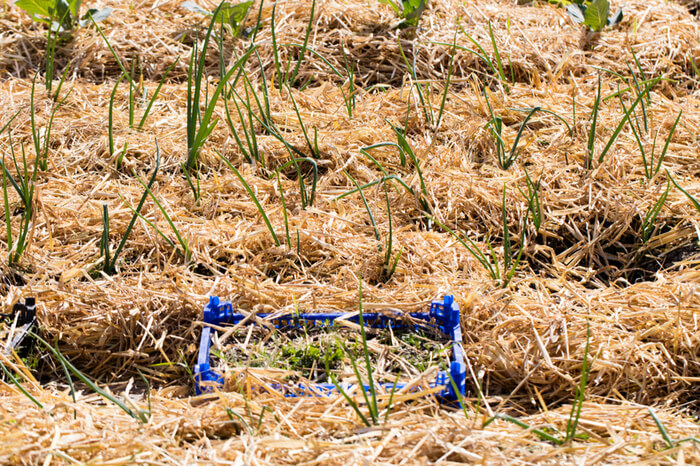
Watering is also essential as leeks will not do well in an area where the soil is dry. When watering, it is vital to ensure that the ground is moist, and not wet, as you want to avoid waterlogging the soil.
Hilling will be an essential part of caring for the vegetables, and you will need to ensure that the soil reaches the region where the leaves start to spread. Though a large mound will enable you to have a bigger white part, it can also lead to rotting in the roots. Thus, moderation is of the essence.
Harvesting
Once the stems are an inch wide, you can start harvesting the vegetables. However, there is no restriction as to when you can start enjoying the fruits of your labor, and if you prefer younger stems, you can also have these.
All the best in your cultivation and be sure to try the different ways in which you can prepare these versatile vegetables.
Wishing to know more about already prepared and protected wood buildings visit our website.


